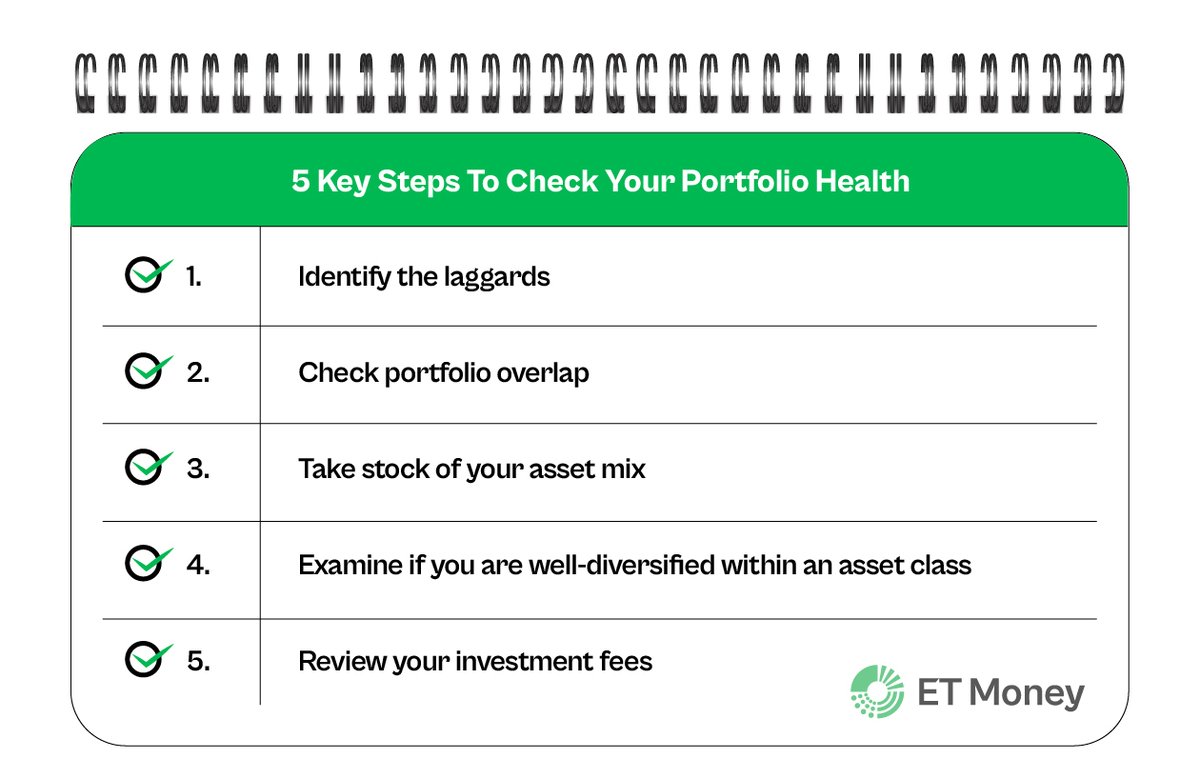Many investors believe that SIP is the best #investment strategy.
It can earn them higher returns.
The logic: It averages the purchase price.
But this is not entirely true.
SIP may not necessarily fetch you better returns.
And it’s NOT an investment strategy.
A 🧵
It can earn them higher returns.
The logic: It averages the purchase price.
But this is not entirely true.
SIP may not necessarily fetch you better returns.
And it’s NOT an investment strategy.
A 🧵
SIP is a smart way to invest.
You put in small sums every month. Over time, you create a huge corpus.
But it’s not a strategy.
Why?
Simply put, a “strategy” is when you use some kind of data or indicators to buy and sell.
Investors don’t do that for SIP.
You put in small sums every month. Over time, you create a huge corpus.
But it’s not a strategy.
Why?
Simply put, a “strategy” is when you use some kind of data or indicators to buy and sell.
Investors don’t do that for SIP.
Now, let’s look at data to understand why SIP doesn’t always earn you better returns.
Let’s say you invested a lumpsum for 7 years – from Oct 26, 2008, to Oct 26, 2015.
Your returns = 19.8%
What if you did an SIP during this period?
Your returns (XIRR) = 13.46%
Let’s say you invested a lumpsum for 7 years – from Oct 26, 2008, to Oct 26, 2015.
Your returns = 19.8%
What if you did an SIP during this period?
Your returns (XIRR) = 13.46%

Wait. Let's look at another data point before you think SIP is no good.
Say, you invested a lumpsum between Jan 6, 2008, and Jan 6, 2015.
Your returns = 4.9%
What if you did an SIP in this period?
XIRR = 14.22%
Confused?
Here’s how you should look at the two data points. 👇
Say, you invested a lumpsum between Jan 6, 2008, and Jan 6, 2015.
Your returns = 4.9%
What if you did an SIP in this period?
XIRR = 14.22%
Confused?
Here’s how you should look at the two data points. 👇

SIP is extremely useful. But it doesn’t guarantee better returns.
Returns are a function of #market conditions.
So, it can’t be said with certainty that either SIP or lumpsum is the best way to invest.
There are some benefits of SIP. 👇
Returns are a function of #market conditions.
So, it can’t be said with certainty that either SIP or lumpsum is the best way to invest.
There are some benefits of SIP. 👇
SIP offers you convenience. It can help you inculcate discipline.
Many investors wait for the right time to invest.
And they end up not investing at all.
SIP put an end to this timing game.
It helps you invest based on your cash flows.
Many investors wait for the right time to invest.
And they end up not investing at all.
SIP put an end to this timing game.
It helps you invest based on your cash flows.
Lumpsum is not bad, either.
If you have cash, you don’t need to spread out your investments over several months.
You can invest it in one go.
Some investors do a combination of SIP and lumpsum.
They primarily invest through SIP but also a lumpsum when markets fall.
If you have cash, you don’t need to spread out your investments over several months.
You can invest it in one go.
Some investors do a combination of SIP and lumpsum.
They primarily invest through SIP but also a lumpsum when markets fall.
We put a lot of effort into creating such informative threads.
So, if you find this useful, show some love. ❤️
Please like, share, and retweet the first tweet.
So, if you find this useful, show some love. ❤️
Please like, share, and retweet the first tweet.
• • •
Missing some Tweet in this thread? You can try to
force a refresh

 Read on Twitter
Read on Twitter













